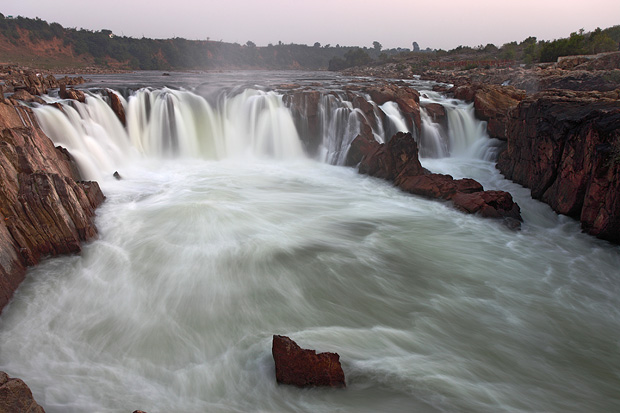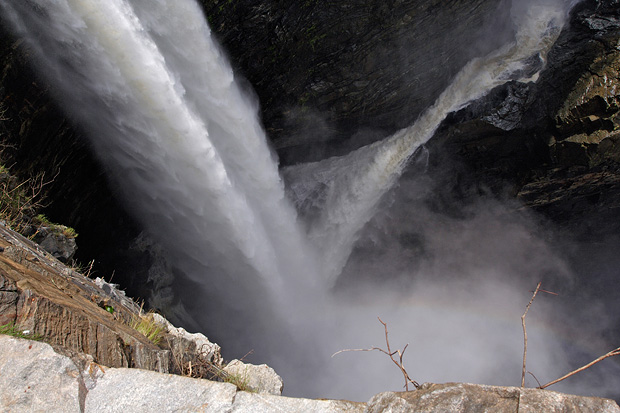Travel Photography: Photographing Waterfalls
This article appeared in January issue of Terrascape, a travel magazine for which I am an editorial consultant and also write a column on photography. Read all the earlier earlier travel photography articles on India Travel Blog.
What would you like to see in this column?
I have been posting photography tips on India Travel Blog for a while now and there are about 25 of them here so far. See all of them here. The tips cover a lot of topics on compositions and photographing specific subjects like the waterfalls here. I would love to know what other topics on photography would you like to see covered in the upcoming travel photography articles. Please leave your comments here about the areas where you would like to see some photography tips. Thank you.
Waterfalls are among some of the most charming creations of nature. The force of water falling from a height, the mist generated from the fall and a frothy pond at the bottom form a photogenic spectacle that are worth your and your camera’s attention. If you keep in mind a few technical details, it is also easy to make good-looking images of waterfalls. Let’s see how we do that.
Contorl your shutter speed. The first tip, which is also the most important thing to remember in photographing waterfalls, is technical in nature. If your camera’s shutter opens and closes very quickly, say in just 1/100 seconds, every droplet of falling water appears standing in its place and the impact of the fall is not apparent. A sense of falling movement begins to appear only at speeds below 1/30 seconds, where you may perceive a slight moment in the recorded frame. As your shutter speed gets slower, the appearance of motion becomes more apparent. By taking a picture with shutter speed set between half second to two seconds, the waterfall can be made to appear like a continuous string of water (instead of droplets hanging in the air), giving it a magical appearance. Take the picture with shutter speed set between these values. If you expose longer than two seconds, you may end up getting one thick white bar in the place of the waterfall and its charm is lost.
Many advanced point and shoot cameras and all SLR cameras allow you to set the shutter speed. Consult your camera manual to find out how to make these settings. Also, when you are photographing at such slow shutter speeds, it is difficult to keep your hands perfectly steady. Use a tripod to prevent camera shake.

Capture the ambience. Don’t fill your frame with waterfall unless it has some attractive elements like cascades or other interesting patterns. Capture the surroundings of the fall as well. Waterfalls usually are located in green surroundings and the stream tends to have beautiful rounded rocks jutting out from the water. They all come together to enhance the appeal of the fall.

Point of view. More often than not we see a waterfall standing directly in front of it at a comfortable distance from the fall. If the terrain permits, walk around the fall and look for unusual angles. Few waterfalls get photographed from the top of the fall, but it makes a very interesting point of view. Also see if there is space to a side of the fall or almost immediately below the waterfall for taking pictures. Such angles give new perspectives of the fall that you would never have thought about.